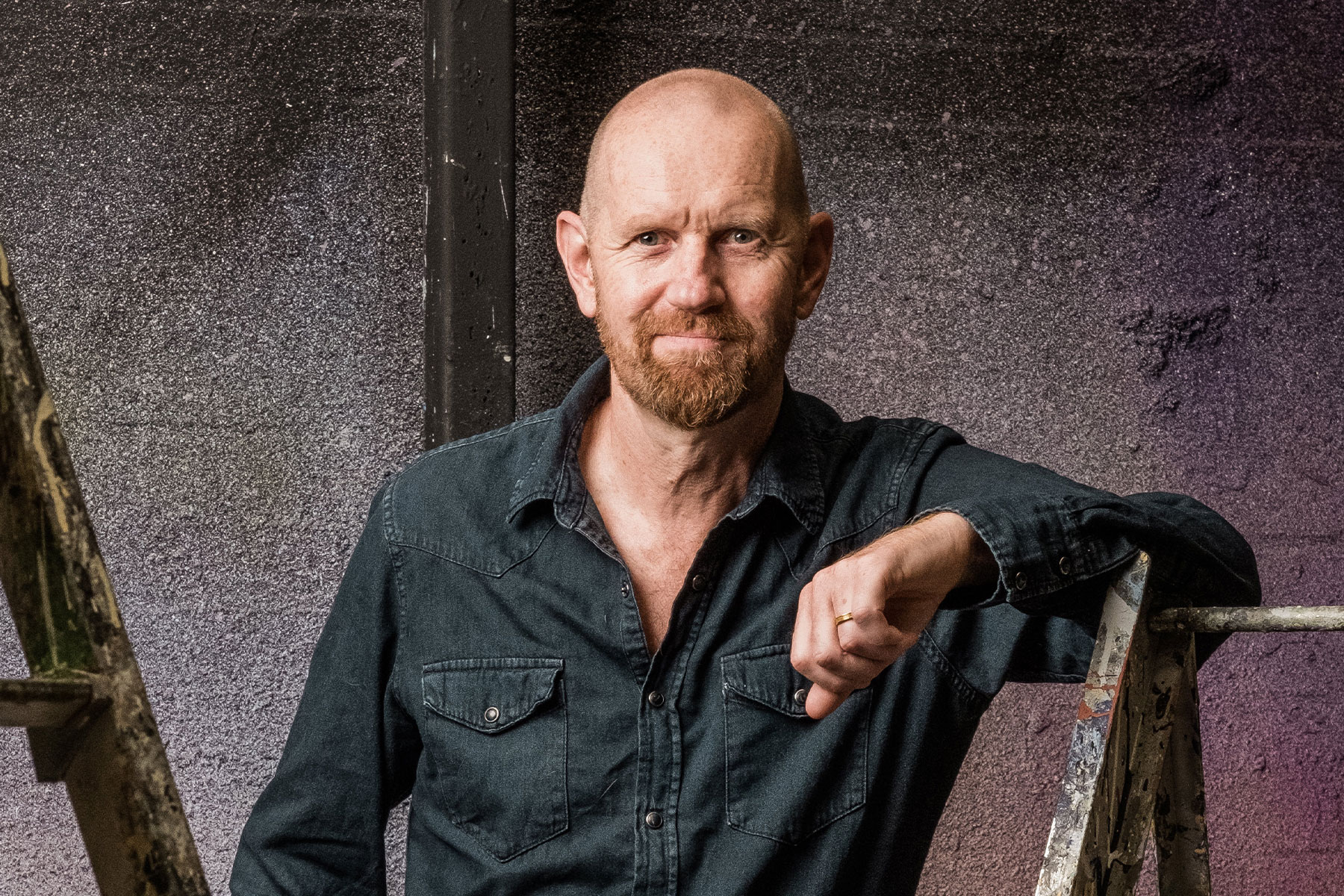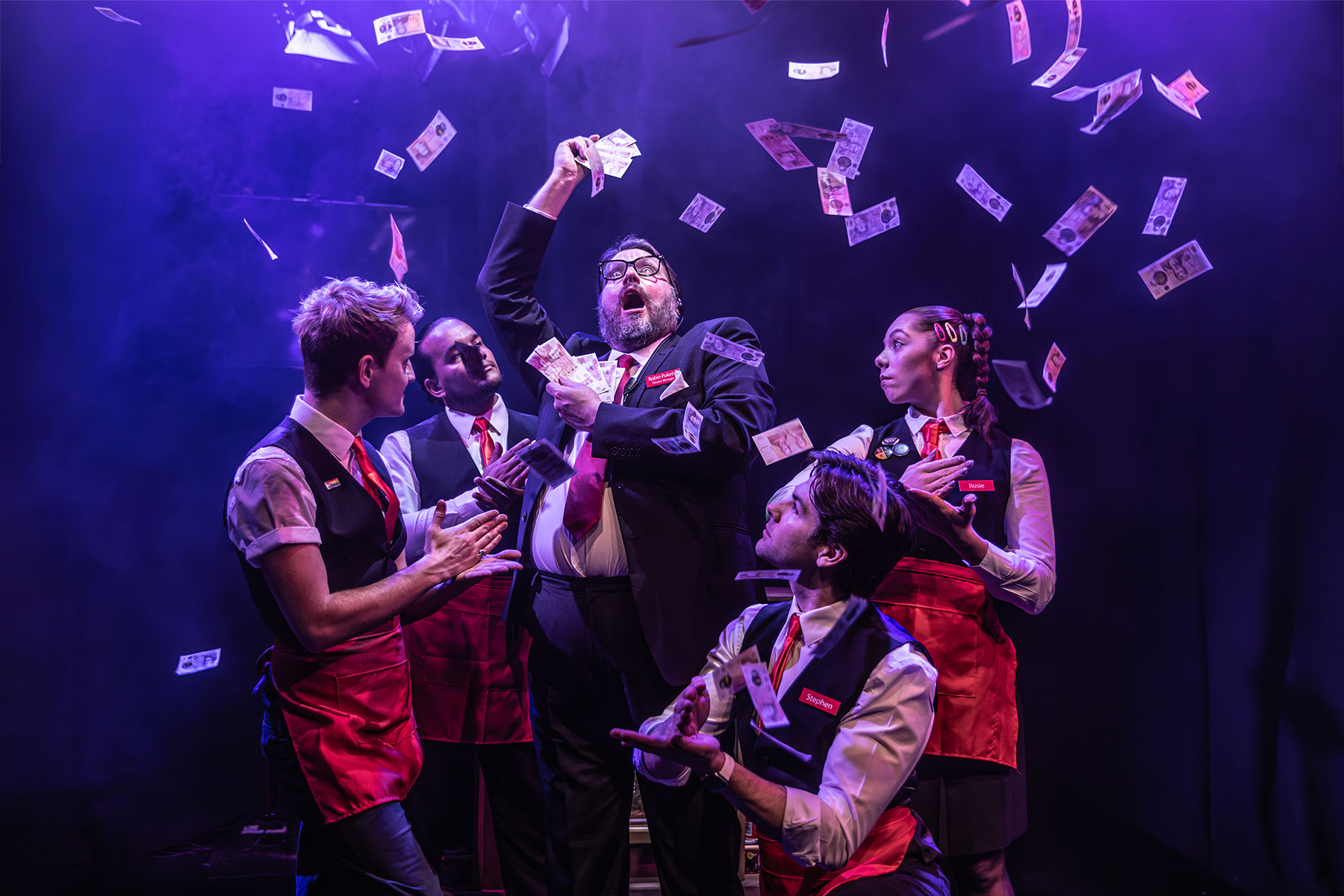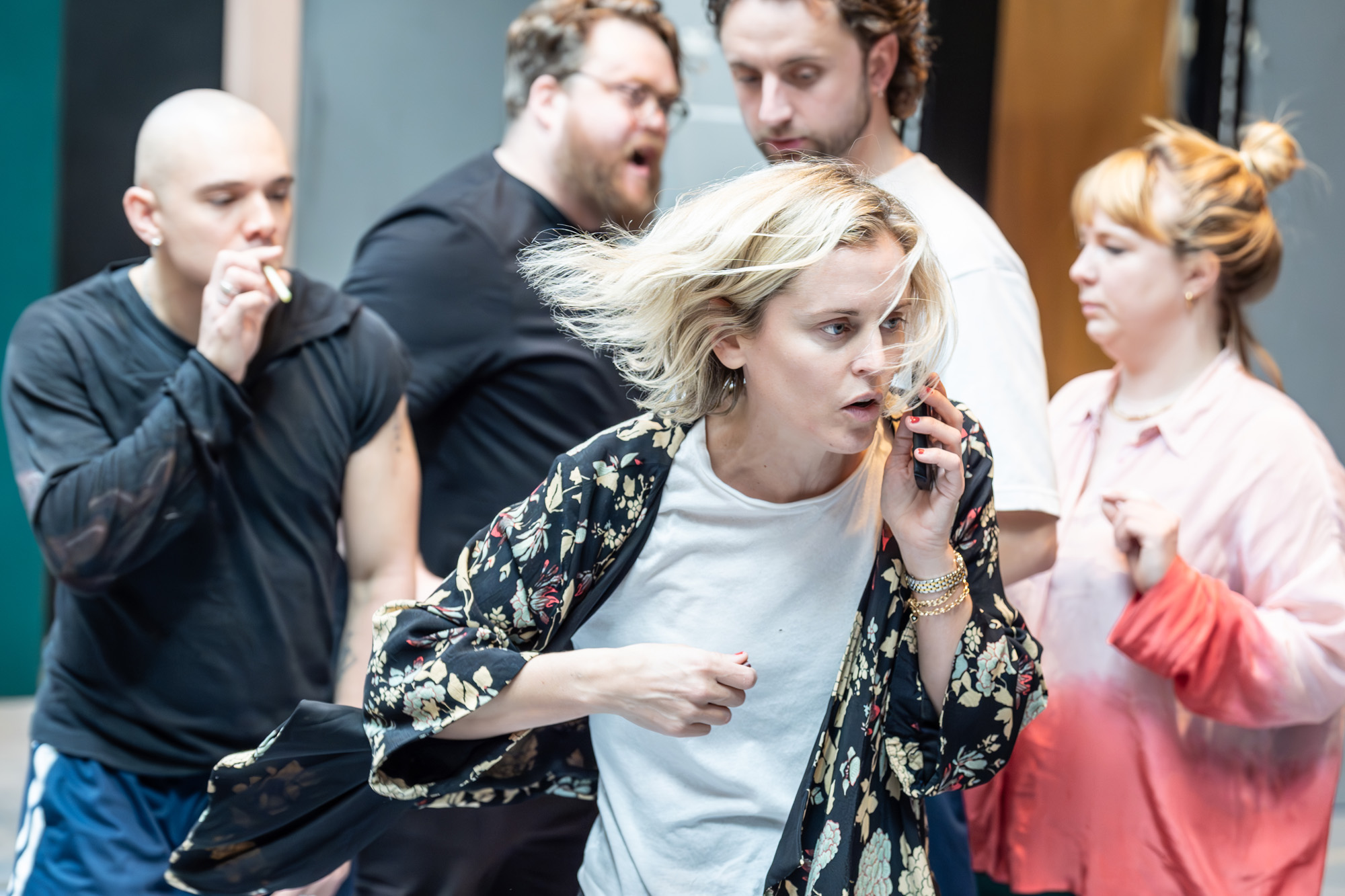Phantom Changes Add to Mystery
It is odd that the most drastic plot change made to the relaunched Love Never Dies at the Adelphi is something no-one ever complained about in the first place. That is, the momentum that carries Christine back to the Phantom’s new lair, an art deco Gothic eyrie on Coney Island where Sodom, we are picturesquely told, is rising by the sea.
It seemed perfectly straightforward before: she was making a comeback on a distant gig to help pay the bills, well away from the disaster of the Paris Opera, which has been burned to the ground.
The new fiddling about means we see the Opera House in flames on one of the many new projections. Then we see Christine’s liner crossing the ocean. Then we learn she’s come across to open Oscar Hammerstein’s new Opera House in Manhattan — which did in fact open in 1907.
Then Christine and her ten year-old son are kidnapped — in a new scene of marked dramatic feebleness — by the Phantom’s henchmen (all still terribly sharp and garish in the performances of Niamh Perry, Adam Pearce and Jami Reid-Quarrell) and driven away in a magnificent silver glass coach drawn by a silver glass half-horse, half-unicorn.
Christine breaks her contract with Hammerstein in order to sing for the Phantom. That scene, with Sierra Boggess delivering the title song like a sacrificial goddesss, is one of the most beautifully staged, designed, lit and acted scenes you will ever see in the West End. It’s as great as Elaine Paige on the balcony of the Casa Rosada in Evita, or Glenn Close coming down the stairway in Sunset Boulevard.
But we never hear of any hoo-ha back in Manhattan, where old Oscar’s theatre is deprived of its own Gloria Swanson moment. And doubly confusingly for theatregoers, isn’t Andrew Lloyd Webber — no, Stephen Sondheim, surely — well, anyway, one of them, related to Oscar Hammerstein, or love his music, or was his stepson or something?
But the Love Never Dies Oscar Hammerstein is not the Oscar Hammerstein of Rodgers and Hammerstein, but the first Oscar Hammerstein, his grandfather, the emigrant cigar manufacturer who managed and built theatres from 1889 — that first one was in Harlem — and then transformed his love of opera into the writing of some reasonably successful but now totally forgotten musicals.
The ending of the show seems much the same, though the ever-affable company manager Nick Bromley tells me that they still have, in fact, five different endings up their sleeves. Madame Giry’s first song has been subsumed into a new setting (lyrics by Charles Hart) of the Carousel waltz, but Liz Robertson’s fine performance is in no way diminished. And “Bathing Beauty” has been spoilt a bit by an over-thumping male chorus joining in.
These thoughts were tumbling around as I embarked yesterday on my biggest seasonal foray of the year: a morning matinee of The Gruffalo at the Garrick, an afternoon performance of Sleeping Beauty at the Richmond Theatre (with a brilliant wicked fairy from Anita Dobson) and finally a joyous performance of Once Bitten, a belle epoque French farce at the Orange Tree that is every bit as enjoyable and funny as A Flea in Her Ear at the Old Vic.
And my wintry progress through sludge and snow was much eased by the considerate ministrations of two delightful, on-the-ball Press officers in Surrey, my lasses on Richmond Hill, Charlotte Twining at the perfect panto venue on Richmond Green and Meg Dobson round the corner at the Orange Tree. They’re having lunch together today while I high-tail it to Birmingham to catch Joan Collins in Dick Whittington. Happy Christmas, one and all.










